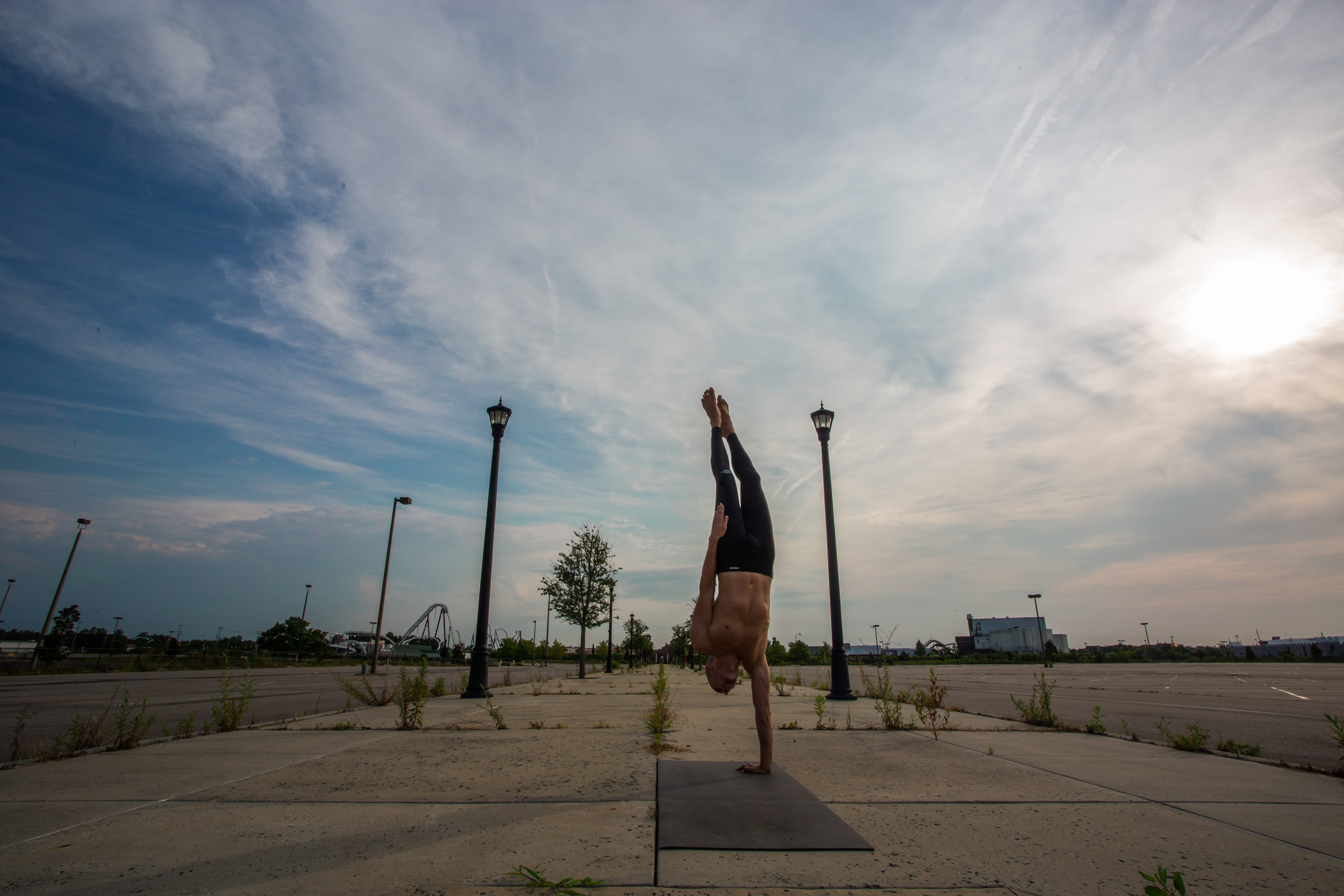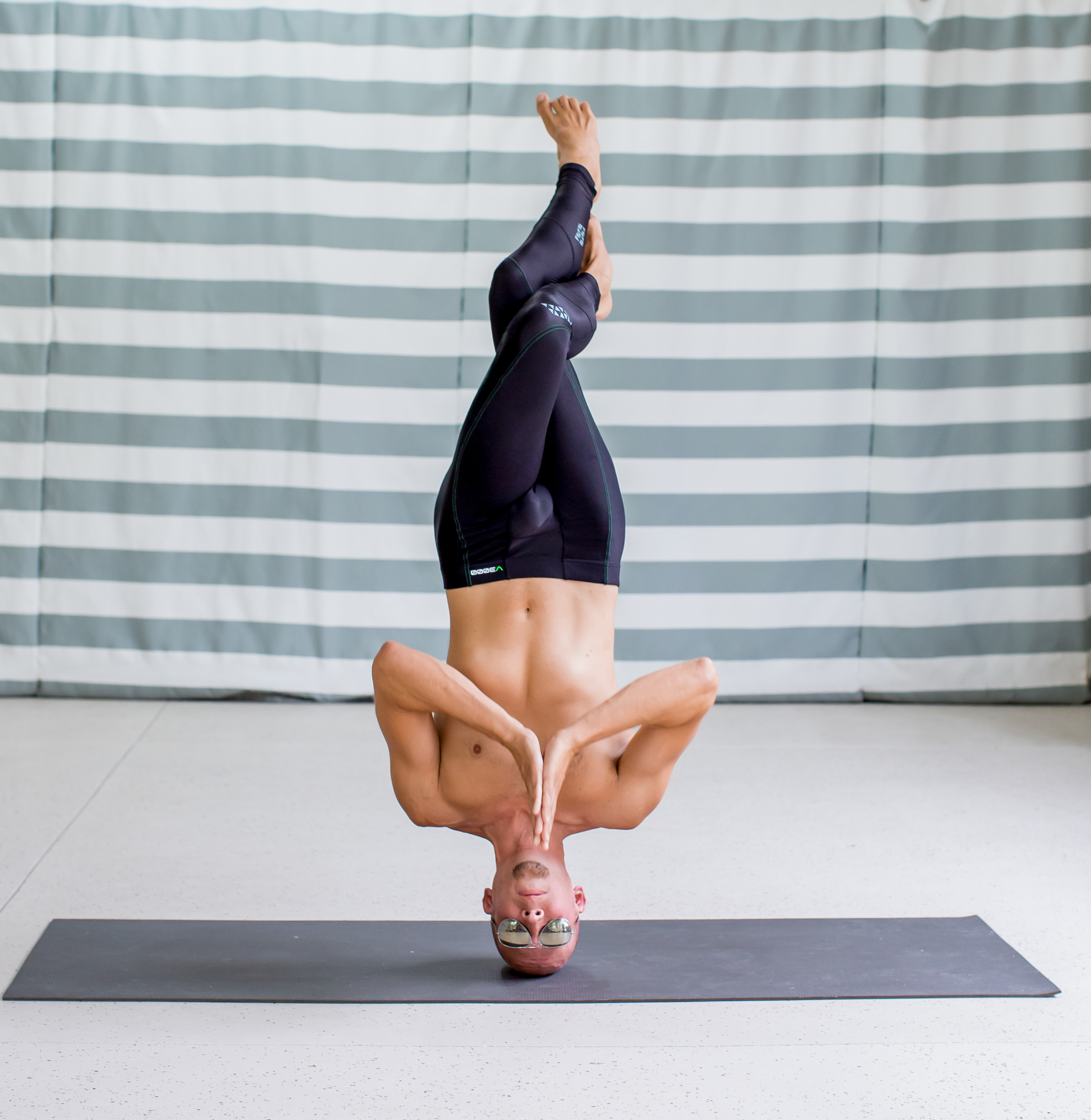
What is the definition of yoga exactly? Today, most people associate the term “yoga” with hatha yoga and its asanas (postures) or as a form of exercise. While the West has only know about yoga in the last few hundred years, yoga has an even longer history. Yoga has been an important part of India’s rich spiritual tradition for thousands of years. Patanjali was first author to systematized the practice of yoga around two thousand years ago. Patanjali in his renowned work, Yoga Sutra, sets out the yoga into eight limbs system (ashtanga).
What are the eight limbs of yoga?
1st limb of yoga: yama – Moral codes
The yama limb set the following five standards for how to treat others:
Ahimsa: Promote non-violent, non-harming actions and thoughts.
Satya: Strive for truthfulness in speech and action.
Asteya: Abstain from cheating, stealing, hoarding, or envious thoughts.
Brahmacharya: Act responsibly with sexual relations.
Aparigraha: Avoid attachments and possessive behavior.
2nd limb of yoga: niyama – Codes for self-purification and study
Niyama set the following five standards for self-discipline and spiritual observance along the yogic path:
Saucha: Cleanliness.
Santosa: Contentment.
Tapas: Cleansing fire of practice.
Svadhyaya: Self-inquiry and study of the sacred scriptures.
Isvara pranidhana: Surrender to the Divine.
3rd limb of yoga: asana – “Seat” or physical postures.
Asana most-literally means “seat,” and hatha yoga postures help students open and cleanse their bodies in a way that is conducive to seated meditation.
4th limb of yoga: pranayama – Breath extension
Pranayama means “breath extension” and consists of various breathing exercises that help students focus and calm their minds.
5th limb of yoga: pratyahara – Sense control
Pratyahara means “sense control,” and is a practice where advanced students turn their focus inside rather than being overwhelmed by external stimuli.
6th limb of yoga: dharana – Concentration
A precursor to meditation, Dharana means “concentration” and is practised when students focus their minds on one specific thing such as respiration or sensations on the body.
7th limb of yoga: dhyana – Meditation
Dhyana means “meditation,” and it is an advanced stage in practice where students achieve an uninterrupted period of concentration without any internal thought.
8th limb of yoga: samadhi – Enlightenment
To reach samadhi is to become one with the Divine. Also referred to as Nirvana or Enlightenment, Samadhi is the ultimate stage along the yogic path. Beginning yoga students are usually more concerned with the pain and discomfort in their bodies than they are with Samadhi, so these days, most yoga classes focus primarily on the physical aspects of yoga which are often referred to collectively as hatha yoga.
What is hatha yoga?
The word hatha means “sun” and “moon,” and hatha yogis see the imbalance of opposing forces in nature as the cause of suffering. Hatha yoga unify the sun and moon, the body and mind, the masculine and feminine.

